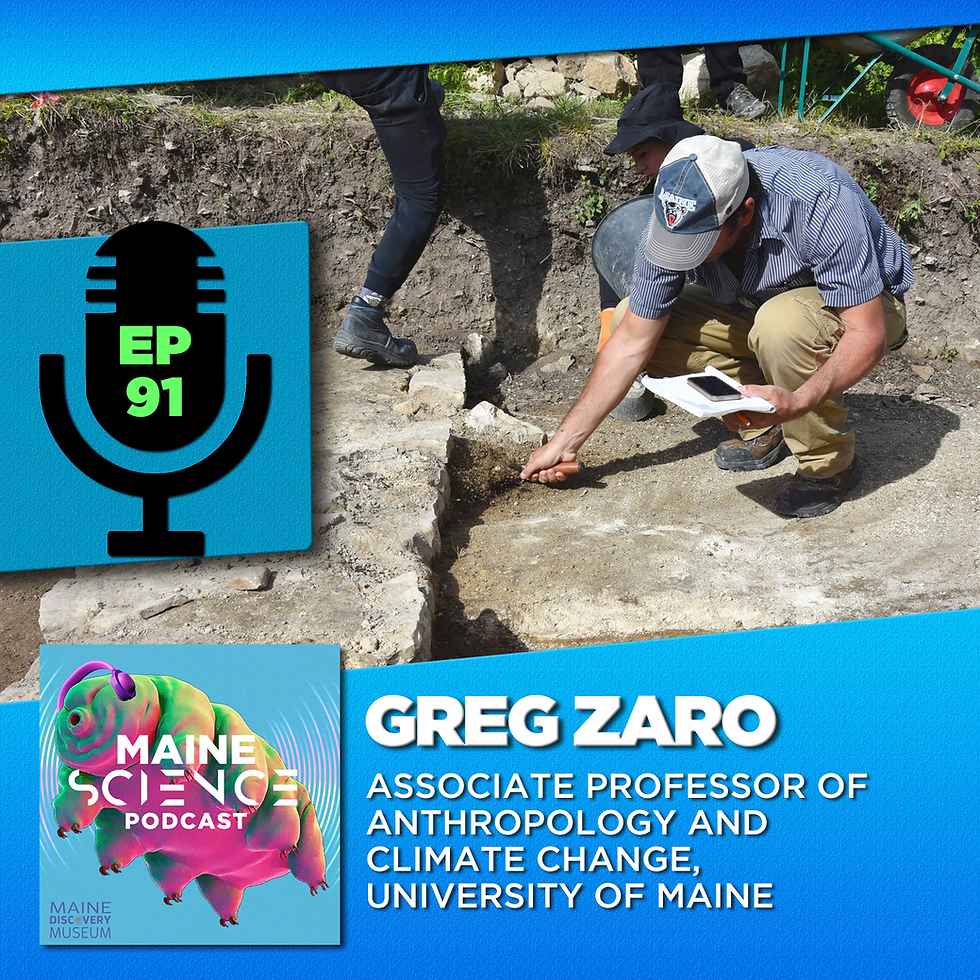VEMI Lab is Creating Innovative Ways to Assist the Visually Impaired
- Sep 22, 2015
- 2 min read
MSF 2015 Participant, The VEMI Lab is Creating Innovative Ways to Assist the Visually Impaired
The Inaugural Maine Science Festival in 2015 saw a lot of amazing exhibits and participants, but one of the most popular attractions for festival-goers was the exhibit put on by the VEMI Lab or The Virtual Environments and Multimodal Interaction (VEMI) Laboratory.
VEMI is is a one-of-a-kind research and educational facility in Maine. The lab is made up of a transdisciplinary group of researchers that combine ideas from art, science, and engineering to create innovative technologies and produce life-changing solutions. They emphasize hands-on learning and a collaborative team-driven culture including graduate and undergraduate students, faculty, and commercial partners and are part of the School of Computing and Information Science at the University of Maine.
So what does all that mean exactly and why is VEMI so important to the broader science landscape in Maine? We caught up with VEMI’s Director of Operations, Dr. Richard Corey to find out more.
So what does VEMI Lab do?
We create devices supporting nonvisual information access using multimodal displays based on sound, touch, and language. For Example, using what is called spatialized audio to hear what is around you and to build up an auditory soundscape that allows people to learn and navigate an environment without vision. We have also developed a system, called a vibro-audio interface, that allows people to access graphical information completely nonvisually. Our edge detection and enhancement system is used to assist people with low vision in finding hard to see steps and edges in low contrast settings. All of these devices represent innovative uses of technology to address real problems, to improve safety and independence, and to benefit the quality of life for blind and visually impaired people, whether they are legally blind, older people with reduced vision, or sighted people who are situationally blind because of distraction (texting while walking) or in need of eyes-free applications (navigating in fog).
A huge part of your exhibit at MSF 2015 was the Virtual Reality component. Festival goers lined up to get a chance to experience the VR set up your team had brought to the fest. It seems like VR is becoming a really important topic again, why the recent resurgence?
Ever since Facebook spent $2 billion on a VR headset company (Oculus), VR is now the next big thing. Oculus made head-mounted displays (HMD) accessible to the consumer and Facebook informed the world that VR was real and within reach. VR today is in the best position it has been in 20 years. Startup companies are popping up everywhere and major software developers are reducing the costs of VR applications. This is the best time to get involved in VR. The Technology on the consumer side is improving everyday and most of the major media outlets are looking to expand into VR.
What is the importance of an event like the Maine Science Festival as it relates to your work?
Small startup companies are beginning to appear in the state with new technology ideas. Lots of Maine companies are beginning to see the benefits of innovative technologies. Our students wish to stay in the state, but too often are lured away by big salaries from tech companies in other states.
The real importance of events like the MSF is the opportunity for us to connect with the community and to showcase our research to a broader audience outside of the university. It’s also a great event for our students to talk about their work, and learn scalability in their communication skills by interacting with attendees from 5 to 80 years of age. The visitors to the MSF also get a unique hands-on experience to interact with cutting-edge technology and often for the first time, imagine their possibilities of a future in advanced technology research.
Will you be back at MSF 2016… and what might we expect to see at the VEMI lab booth?
Yes, we will be back. Although the VEMI exhibit is currently a secret, we plan on making an even bigger splash than we did last year! All we will say is we didn’t feel that people got a chance to truly understand how virtual worlds were made.
To learn more about the VEMI Lab and their current work, please visit them online at vemilab.org. You can also find them on facebook and twitter!






Comments